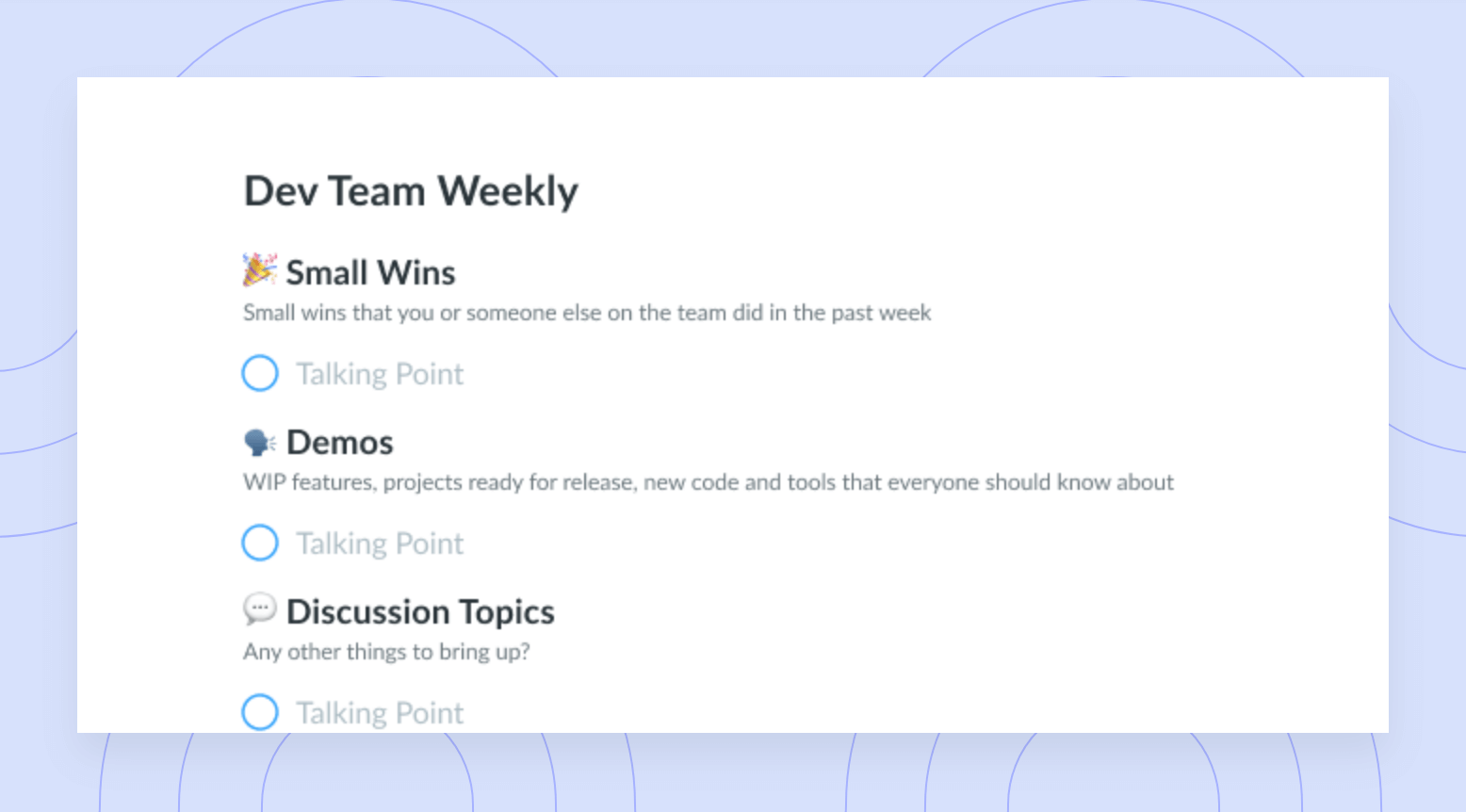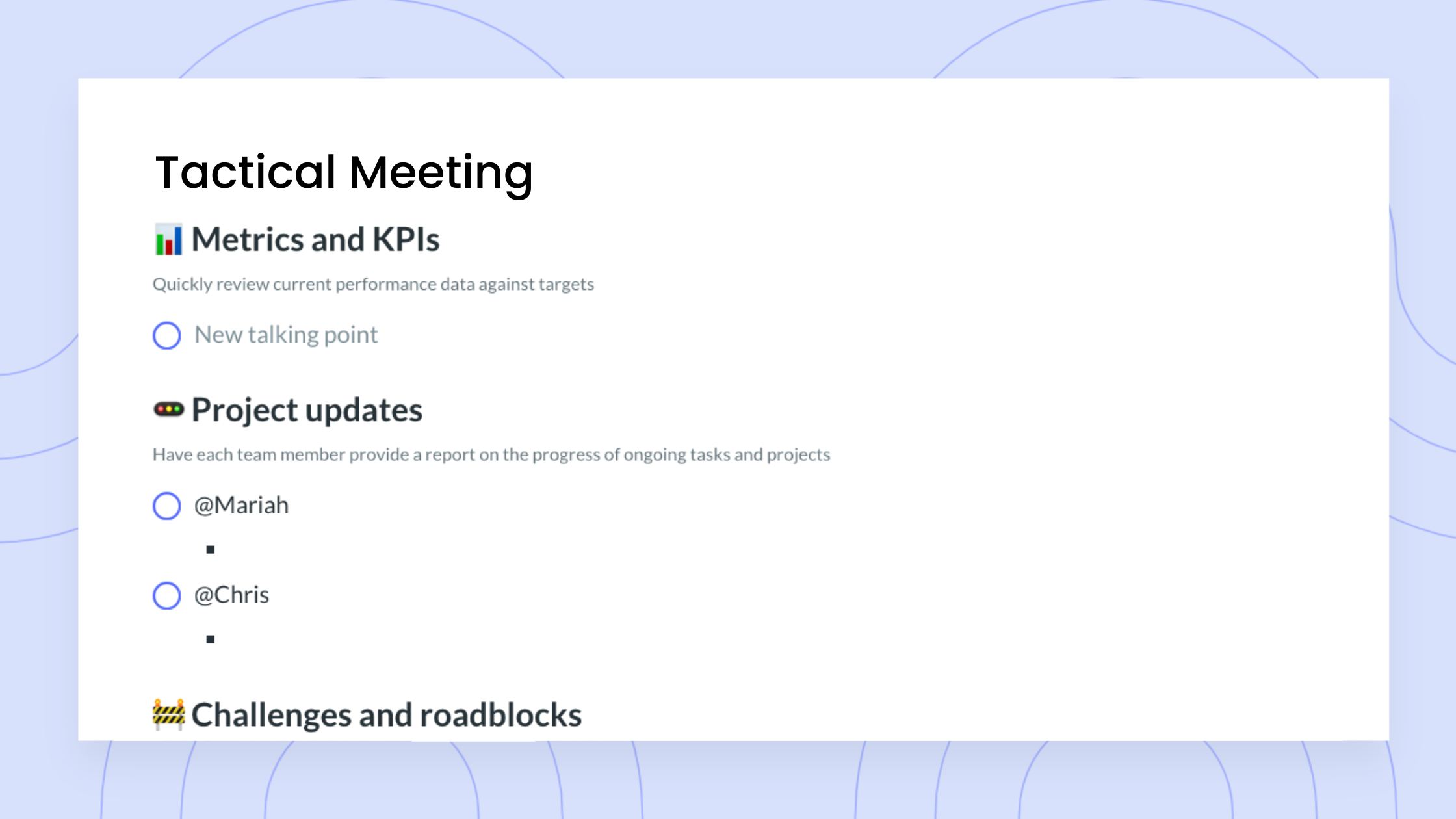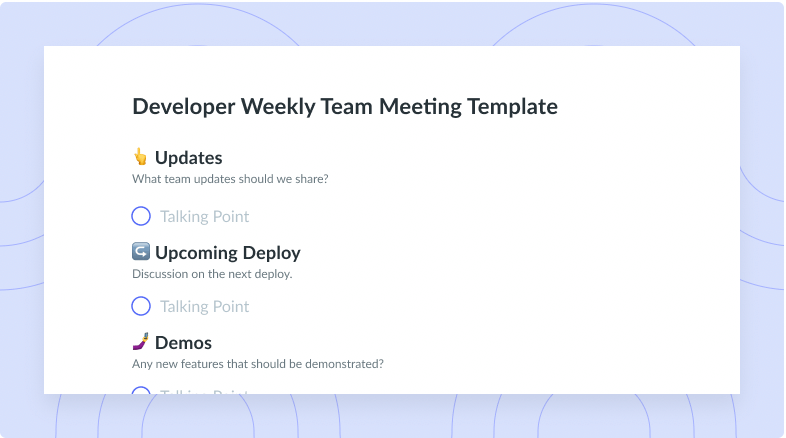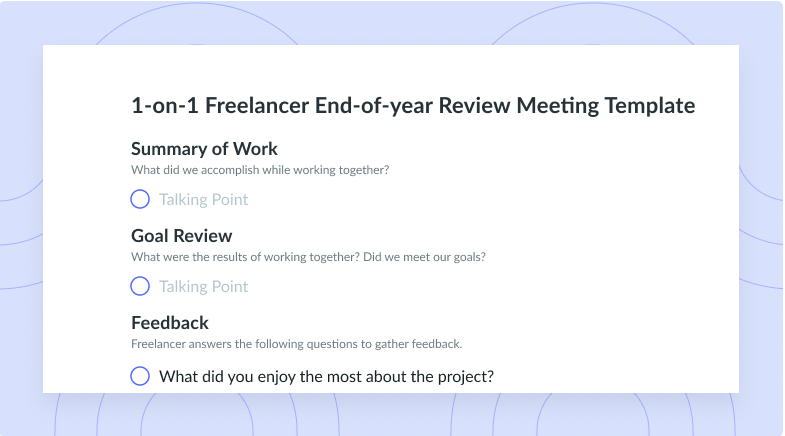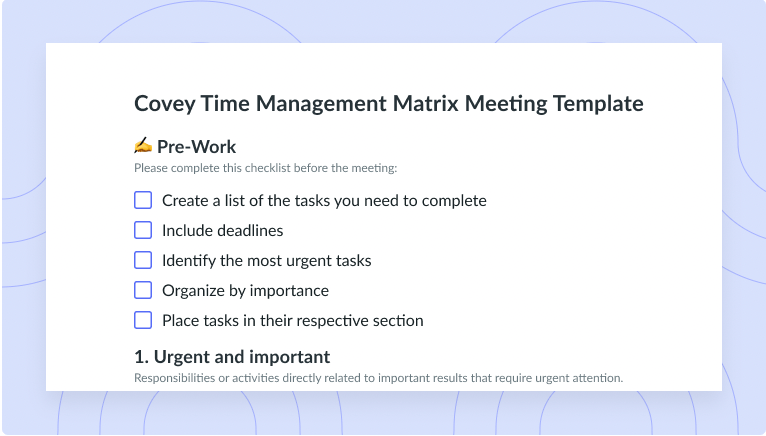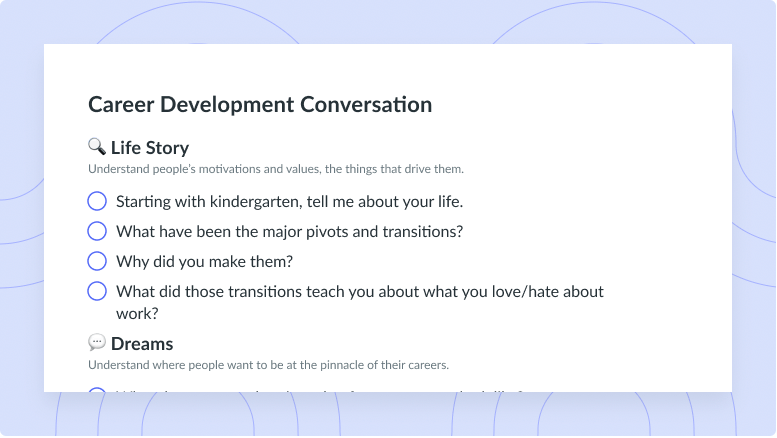Daniel Terhorst-North: Common Leadership Misconceptions and Cultivating Psychological Safety
The importance of having a north star and running effective and energetic standup meetings with Daniel Terhorst-North.
Daniel Terhorst-North is a lean and agile methods expert and Principal at Dan North & Associates and believes in designing systems versus directing people. In this episode, Daniel dives into designing an effective workplace which he believes is the key to an optimal work environment.
Listen to this episode (or read the transcript below) to learn how designing environments and systems boosts employee productivity.
1 What are mistakes that you see leaders make often?
In terms of leadership, people will follow you on a compelling journey. The goal of leadership is to create that compulsion system and to articulate that compelling journey and to reiterate it and to get everyone excited. I see a lot of leaders or senior folks that can absolutely articulate what they want but I see a lot that can’t as well.
One of the leadership failures that I see more than anything is when leaders forget to articulate how awesome the company mission is, and how exciting it is and how much fun it’s going to be. Managers or leaders that expect people to do stuff without having a north star or a sense of purpose almost always fail and in my opinion it’s a huge mistake.
2 Having the ability to be a good storyteller is imperative for everyone, correct?
I’m a huge fan of David Marquet’s Turn the Ship Around mindset where he talks about leader rather than leader-follower. At every level of the organization, anyone in any role is a leader and he also talks about intent-based leadership. So rather than asking permission, or waiting to be told, and so the two most common default modes, and most certainly Western hierarchical organizations, is you say, I intend to do X, I intend to push this build into this production environment, I intend to make this change, or I intend to go and interview these customers. Everyone starts off doing it in their out-loud voice and eventually it becomes much more internalized. To start, you have to say it out loud.
3 What is your go-to standard meeting and how do you run it?
Most people think of a stand up as a meeting that you have typically early in the day, and you’re all checking in with each other and saying what you did and there’s a formula that seems to have become prevalent which is essentially where everyone simply shares what they accomplished the prior day and what the set out to accomplish today and that to me is the opposite of what a stand up is or what a stand up should be.
The energy that I try to bring to a standup is positivity and I try to ask everyone what the best possible today is that we can have and then I try to clarify that has changed since the last time we had that conversation. I don’t care what you did yesterday, I trust you. You’re a grown-up, you’re clearly good at your job. I don’t need you to tell me what you did yesterday, I need you to tell me what’s the best possible day you can have so I can help you achieve it.
4 What is the role of a manager during that meeting?
As a manager, the role is about the environment and the system of work. It’s very much about reading between the lines and finding out what’s really going on, bringing that to the stand up and saying hey, folks, I think we all need a break, I think we need to stop being so hard on ourselves or sometimes I think we need to up the pace a bit. It’s all about having that sense of where people are at and being able to be an enabler within your team.
5 Do you believe that daily standups should be synchronous or asynchronous?
Status meetings should absolutely be asynchronous. I’m a huge fan of human beings synchronizing in real-time, but not if it’s just a status meeting; that should be asynchronous and it should be automated. Having some sort of recap or alert that brings all this stuff together in my inbox and says hey, this is what’s happened in the last 24 hours is extremely useful. Things that I prefer to do in real-time are things that require more of a human element like checking in on your teammates and seeing how they’re doing.
6 Do you have any tips, tricks, resources, or words of wisdom for managers or leaders that are looking to get better at their craft?
One of the things that I’ve been really touched by impacted by the last couple of years is psychological safety. Professor Amy Edmondson from Harvard Business School is just phenomenal and she has a bunch of TED Talks and she’s written a wonderful book called the Fearless Organization that talks about psychological safety. It has lots of positive stories, places where it works, and lots of negative stories and places where it didn’t work and I highly recommend it.
One key thing to remember with psychological safety is that it’s not global. Within an organization, you may have some teams that feel psychologically safe and some that do not and it’s all about your sphere of influence. If you can reach someone, you can improve their psychological safety. It’s not about being comfortable or happy, because it may feel uncomfortable. Instead, it’s about feeling empowered to challenge different opinions.
As your manager or leader, I expect you to challenge the status quo, because we don’t have the answers and when you create that dynamic, that psychological safety, it’s unbelievable and you will be surprised how your entire team feels and performs.









